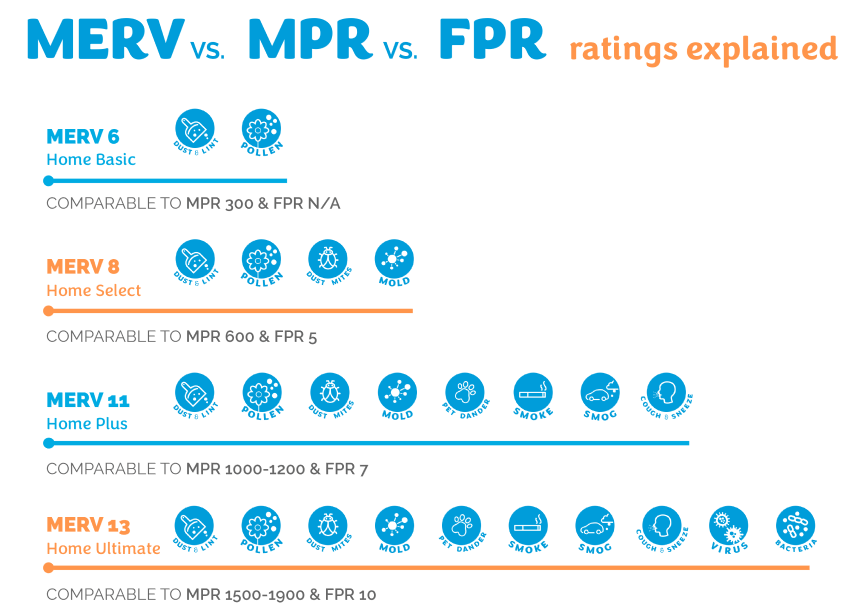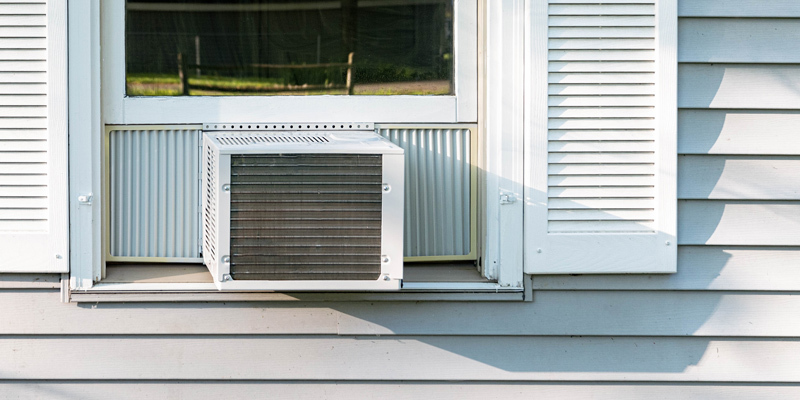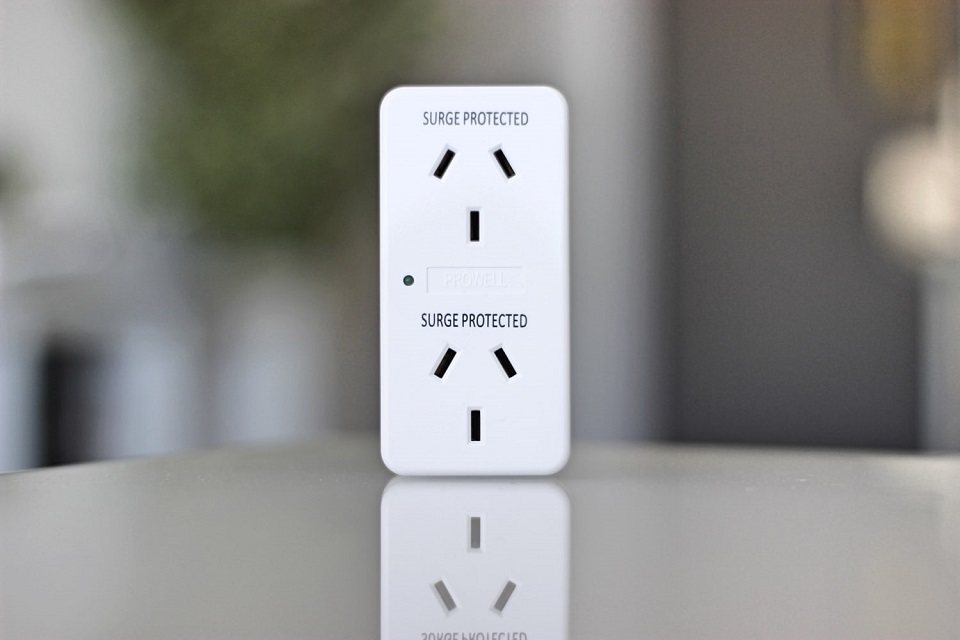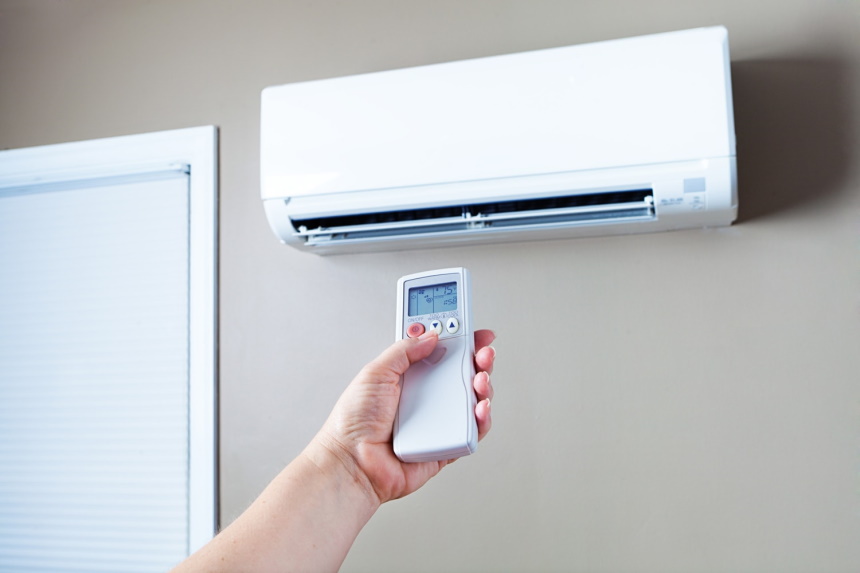

That HVAC system in your house probably set you back a few thousand dollars to purchase and install. It would be disastrous if it only lasted less than a decade before it gave out. Unfortunately, many people go through this eventuality because they either don’t know how to take care of their system or are negligent.
You don’t want to be one of these people so it makes sense to educate yourself about the filters put in HVAC systems, their ratings and what that could mean for the air quality in your home. Notably, the three standard rating profiles you’ll find in most of your filter options are FPR, MPR or MERV from different certification bodies. We’ll delve into the FPR vs MERV/ MERV vs MPR filters in the sections below, so you know what to pick when you’re shopping on Amazon.
Additionally, we’ll also look at the HEPA certification that is another indicator of performance that is separate from the three that are the focus of this write-up.

The dust, dust mites, pollen, viruses, filters, et cetera that are filtered out of the air remain on the filter, therefore leaving even less space for contaminants and impurities to pass through. This may be beneficial when your filter is still new as that would mean that it is more effective. However, if the filter gets too clogged, it could be a problem as it will make it hard for the machine to push air through it.
As a consequence, the machine will have to work harder and harder, and that will put a strain on its effectiveness and eventually, it will break down. For this reason, you have to change your filters regularly otherwise you’ll need to buy a new HVAC system soon after you purchased your last one. Notably, filters can cost as little as a few dollars and thus it makes sense to replace them rather than have to deal with replacing the infinitely more expensive HVAC system.
Depending on the rating of the air filter you choose for your HVAC system, you are bound to experience some benefits that may include the following:
As we mentioned above, almost any filter you consider buying will have an FPR, MERV or an MPR rating. We’ll start with the FPR and break it down so you can understand it better.
FPR is basically the filter performance rating as determined by the professionals at Home Depot. Since Home Depot is a home improvement retailer, it makes sense that they would have a way to classify the effectiveness of some of the filters they sell.
The FPR rating system is uncomplicated and likely the easiest to understand in comparison to MPR and MERV. Notably, the system gives ratings that are between 1 and 10. As you’ll see, most of the good options on Amazon and other vendor sites will start at FPR 4 and only get higher. Also, with a higher FPR rating, your filter will likely be more effective, and it can remove more impurities from the air you breathe.

With a rating of 6-7, the filter will easily get rid of bacteria and mold spores in addition to pet dander, pollen and dust. Once you decide to go for a filter with an 8 or 9 rating smoke, smog, particles with viruses and microscopic allergens will be added to the list of impurities that your HVAC system will trap. This is in addition to the impurities we mentioned for the lower-rated filters.
As you can guess, those with a rating of 10 are the most effective in the FPR ratings club. They even work against odors in your house and all other impurities listed for FPR 9 and lower.
The MERV rating system is another one you’ll encounter as you shop around for that HVAC system for your home.
The MERV system gives ratings based on how well the filter traps both microscopic and macroscopic particles. Also, MERV represents the minimum efficiency reporting value and is easily the longest-running air filter rating system out of the three options available.
The MERV system is nationally recognized and is, therefore, what you’ll find in most filter options. Just like the FPR system, ratings start at 1. However, they extend up to 20. We do not recommend getting anything with a rating between 1 and 4. They will be cheap to acquire and effective against dust mites, pollen and carpet fibers; however, the frequency with which they will need to be replaced can be problematic.
Notably, they might last longer if you only use them for a window or other type of air conditioning unit rather than your main HVAC system. Also, they might not improve your indoor air quality as much as the other higher-rated options available. Below we will give you all the data you need about filters rated MERV 6 and above.
While impossible to make an accurate comparison between the MERV and FPR ratings, we can conclude that a MERV 6 is almost the same as an FPR 4 or 5. It is good enough for most people and homes. However, if you have allergies, you might fare better if you get something of a higher standard.
MERV 6 filters should help you get rid of pet hair, pollen, dust and some lint. Notably, these filters may not be as cheap as MERV 4 and below, but they are still affordable.
Like a MERV 6, MERV 8 filters will eliminate pet hair, pollen, dust, lint and even do you one better by adding dust mites and pollen to the list of impurities that it works against. If you’re going to compare a MERV 8 with an FPR rated filter, it is likely similar to an FPR 5.
You should get a MERV 11 filter if you have allergies and pets. MERV 11 filters will easily get rid of pet dander, dust, smoke, smog and most of the substances and even particles in coughs and sneezes. These filters perform exceptionally well when faced with particles that are between 1.0 and 3.0 microns in size. Lastly, for the MERV 11, you can probably equate it to the FPR 7 on the FPR rating system.
Some reviewers recommend the AIRx ALLERGY pleated air filter to other would-be buyers of the MERV filters in this rating range. They are especially impressed with the allergen protection offered by the 6-filter pack.
While the MERV rating does extend to 20, you likely won’t find many stores stocking anything past MERV 16. Notably, if you have such a filter rated between 13 and 16, the air quality in your household should be pristine. Despite that, MERV 13 filters are relatively long-lasting, and you won’t need to replace them every two months.
The whole list of materials and air contaminants that this MERV 13 product can trap includes smog, smoke, bacteria, mold, pollen, dust mites, lint, household dust, pet dander, coughs and sneezes and finally viruses. Notably, anything below a MERV 13 will not be able to stop viruses from circulating in the air around you.
We will equate the MERV 13 option with a filter classified according to the FPR rating system as we have done in lower models. As such, the MERV 13 can be likened to FPR 10. MERV filters with a rating of between 13 and 16 can filter out particles as small as 0.3 microns in size.
Lastly, anything above, MERV 16 is likely not worth considering. These filters are the most expensive and are often used for clean rooms where contaminants in the air can alter research results or negatively affect some aspect of a production process.
For the MPR rating, you’ll mostly see it on 3M and Filtrete HVAC systems. This is because the MPR rating system is an in-house creation by the 3M multinational conglomerate. Since it is exclusive to the 3M and Filtrete devices, it’s hard to compare it to other rating systems. Also, these filters are not tested by a third party for effectiveness.
Unlike the two other rating systems that start from 1 and rise, the MPR ratings range from 100 to 2800. The higher the rating, the more the benefits you get from the MPR filter as has been the trend throughout the other two filter rating systems.
You can easily get MPR 100-300 filters at a very low cost compared to other high-quality filters. However, the effectiveness of these cheap filters is limited to sieving out lint and dust. Notably, this is underwhelming and won’t improve the air quality in your household by much.
Getting a 600 MPR filter is a much better idea, especially if you’re affected by pet dander and pollen. In this general range, users recommend the Filtrete 1085 Air Cleaning Filter. It is a value 2-pack that should last you at least three months before it needs to be replaced. MERV 11 and MPR 1085 ratings vs FPR 7 are all relatively similar in performance and how long the filter lasts.
A step further and you find 1200 MPR filters and higher. At this point, your house and the air in it will be free of smoke, smog, sneezing and coughing particles and generally most particles that 0.3 microns or larger.
At the pinnacle of the MPR rating system for many households is the 1500 MPR filter and higher. The options rated this high usually come with some extra benefits in addition to cleaning the air. One example is that most smart filters in the 3M and Filtrete line-ups are rated 1500 and above.
The built-in Bluetooth in these filters should give you real-time air quality statistics. At the same time, if your air filter fills up, you will get a reminder on your device that it is time to change it. If you feel that you are forgetful and won’t remember to change the filters, this might help you solve your problem.
At the end of the MPR spectrum, the 2800 filters in your HVAC will eliminate even ultrafine particles. Lastly, higher-rated MPR filters mainly in the 1500s and higher are asthma and allergy-friendly.
You may also have the option of maintaining your air filter so it can give you longer service. However, how and whether you do this depends on the type of filter you buy in the first place. The cheapest and lowest-rated filters, for instance, are often meant to be disposable. They will set you back between 1$ and 4$. Consequently, you can buy lots of them and stock them at home so you can always replace them the moment they get clogged.
Most of the higher-priced filters are more permanent, and you can get away with cleaning them a few times before you have to replace them. Characteristically, more expensive filters have more solid frames that can hold up to the rigors of being washed. If you’ve confirmed that your filter can be cleaned, the process of doing so is simple.
Start by turning off the HVAC system. After that, the system should have a service panel that you can open to locate the filter. Gently detach it from the system and pull it out. Follow this up by cleaning under a tap with running water. As soon as the filter is squeaky clean leave it out to air dry and you can then reinsert it into the machine and turn it back on.
You may set reminders on your phone, computer or any other smart device at home so it can remind you when the filters need to be cleaned or replaced. Also, try and lower the workload of your filter by vacuuming regularly. After all, this will minimize the dust, pet hair and other air contaminants in the room.
You may also come across the term HEPA filters, and since it’s not included in the FPR vs MERV vs MPR discussion above, it may confuse you. HEPA is another efficiency rating for filters that is different from the MPR, FPR and MERV ratings we’ve dived into in the above sections of the write-up. It stands for “High-efficiency particulate air.”
All filters with the HEPA rating have met the same standard of being able to eliminate 99. 97% of airborne particles. These even include most allergens, mold spores and anything above 0.3 microns in size. This is the equivalent of MERV filters that have ratings of between 13-16. By that metric, these filters are high-end options.
Some of these HEPA filters will be marked as either “Washable” or “Permanent.” These are the ones you can clean, leave to dry and put them back in the HVAC machine for use.
With the FPR vs MERV/ MERV vs MPR debate solved, you will have an easier time choosing the filters and the HVAC systems that they work with. Whether you’re looking for inexpensive filters that last a short while or their pricier counterparts that will need replacing after at least six months, you’ll likely find them rated according to the MERV, FPR and MPR systems mentioned. Remember to account for your allergies, pets and generally, anything that might negatively affect the air quality in your space before coming to a purchase conclusion.





